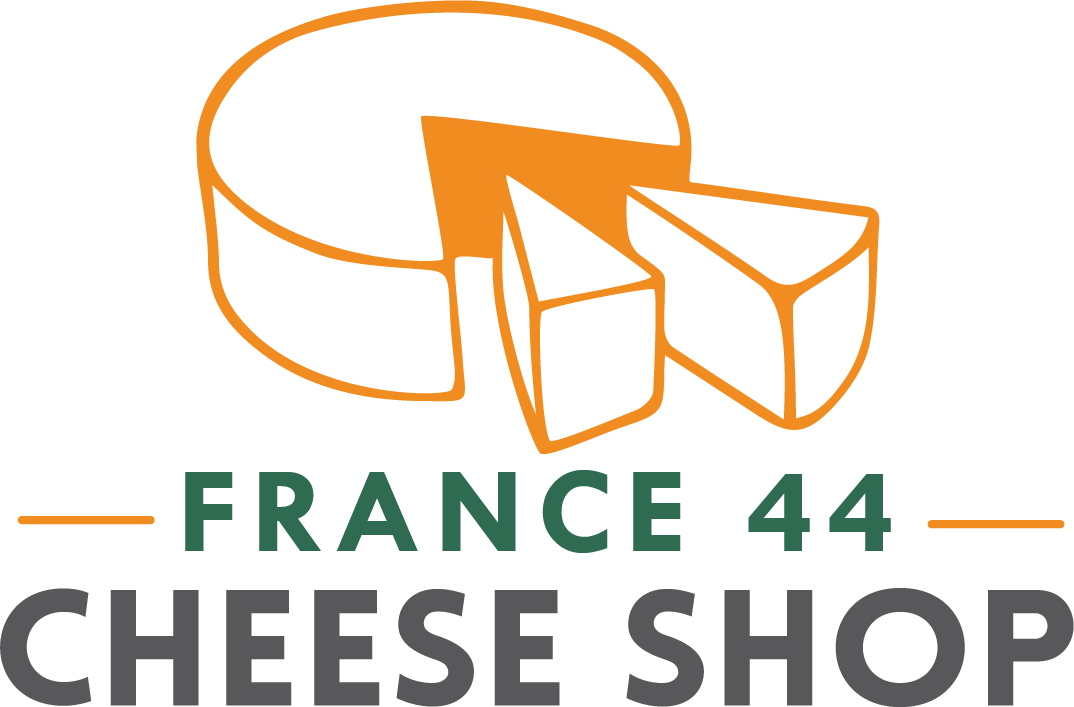by Sophia Stern
We only have one Swedish cheese in our case, which makes it pretty easy when customers say “I had this one cheese… it was so good…it’s from Sweden”. Bingo, it’s Wrångebäck. This Alpine-esque cheese is a fan-favorite. It features an addictively creamy texture and a buttery, umami flavor similar to Gruyère and Comté. Wrångebäck is balanced with a bright, acidic quality, making for a smooth finish. A sparkling red is the perfect pairing to handle this this beefy, creamy, bold Swedish cheese. We’ve chosen The Chook Sparkling Shiraz from Australia as a semi-sweet and spicy balance to this rich, savory cheese.
Wrångebäck isn’t just delicious, it’s Sweden’s oldest and most historic cheese. Officially, Wrångebäck dates to 1830, but some version likely goes back to 1225, when the farm it’s made on now was established by monks. Known today as Almnäs Bruk, the farm is located on the western coast of Lake Vättern, the second largest lake in Sweden. Production of Wrangeback thrived from the 1800’s to the mid 20th century. However, World War II halted the making of artisan cheese in Europe. A move towards industrialization reallocated the milk from Almnäs Bruk for commercial use. It wasn’t until 2008, when the fourth generation family owner decided to restart making Wrångebäck. With the help of 82-year old cheesemaker, Hans Stiller, the original recipe and methods of Wrångebäck were reinstated to Almnäs Bruk.
Today, Almnäs Bruk is a thriving farm and historic estate with extraordinary respect towards the land. The diverse landscapes are maintained with attention to the species that call the farm home. Grasses are allowed to grow tall so the birds can nest and thrive. The cows eat feed made from the land they live and graze on. The cattle breeds are varied and unique, some rare and saved from extinction by the Almnäs Bruk team. They enjoy changing landscapes, from open pastures to ancient forests. The cheesemakers preserve their hard-won terroir by thermalizing the milk, instead of pasteurizing, saving the microorganisms that make Wrångebäck so unique and delicious.
Enter The Chook, a sparkling Shiraz from south Australia. This New World wine is full-bodied, showing off the ripeness and intensity for which Australia's Shiraz’s are known. Notes of dark berries, tobacco, and cola bounce around this bottle. It’s standard to pair alpine-style cheeses with reds, but since Wrångebäck is so rich, so dense, so creamy, The Chook's bubbles offer a relief. The sweetness in the wine eases the beefier, savory qualities of cheese, making Wrångebäck extra addictive. This pairing screams to be featured around a BBQ. The wine is fun and cola-like, while the cheese is perfect alongside some grilled meats or ideal melted on a burger.


